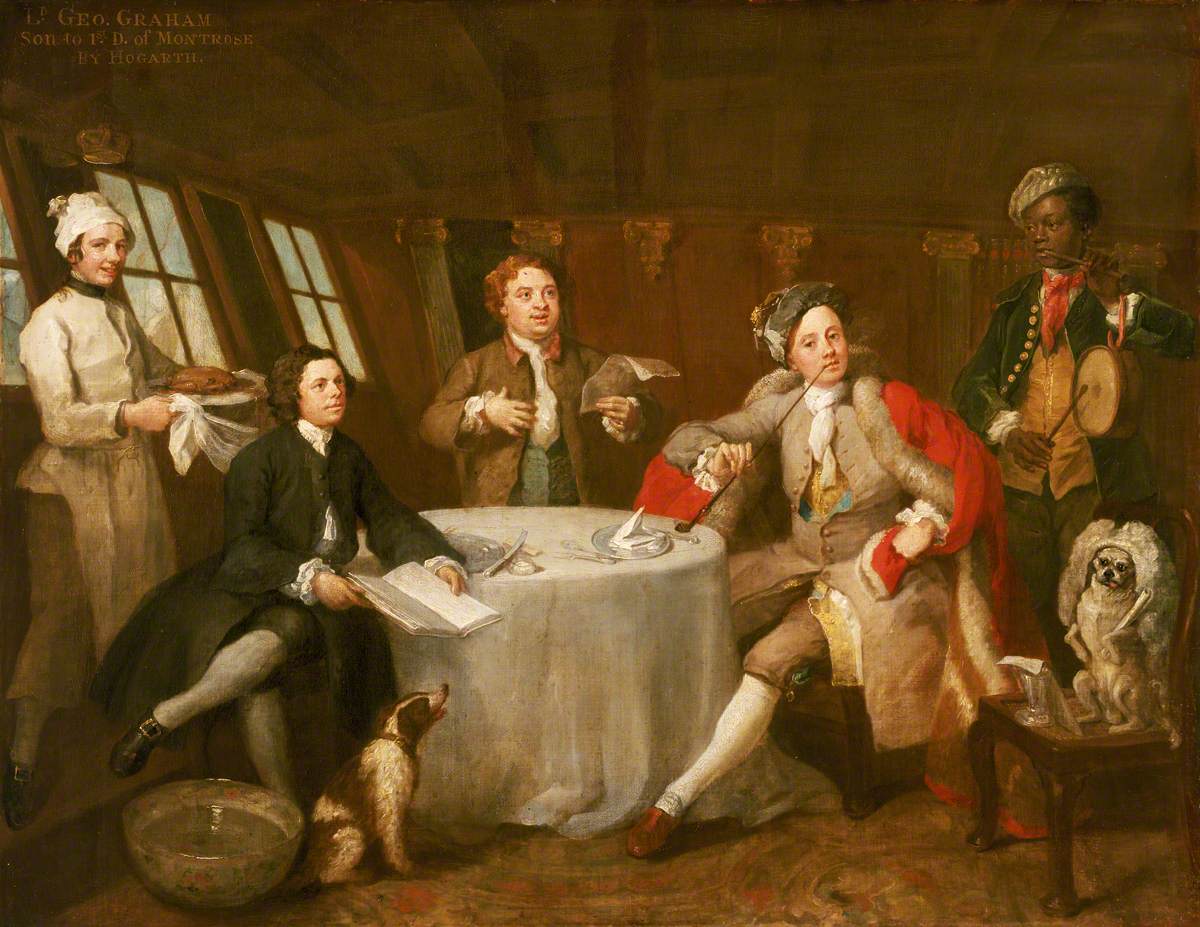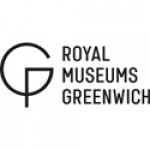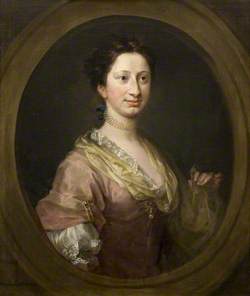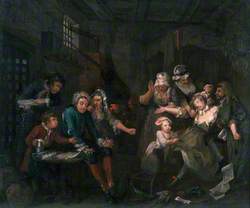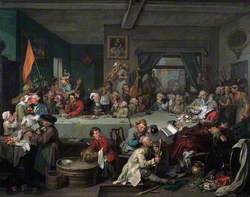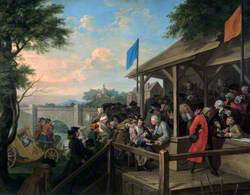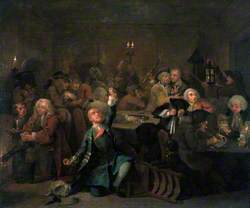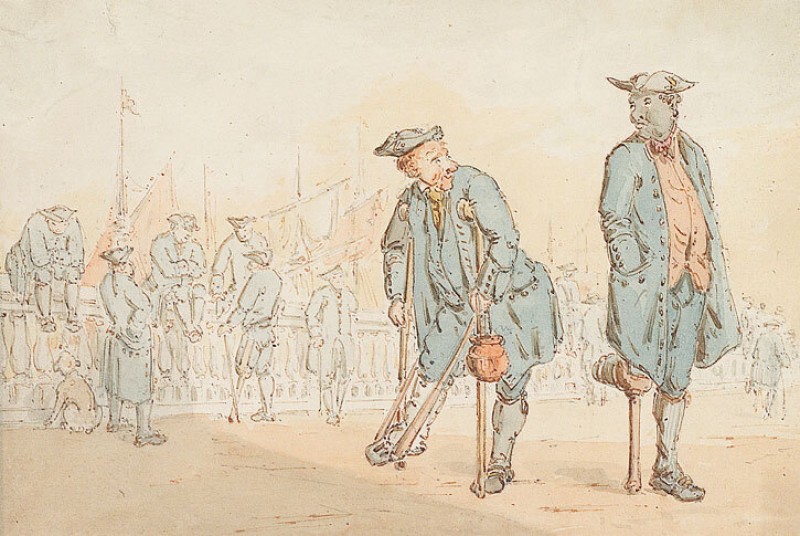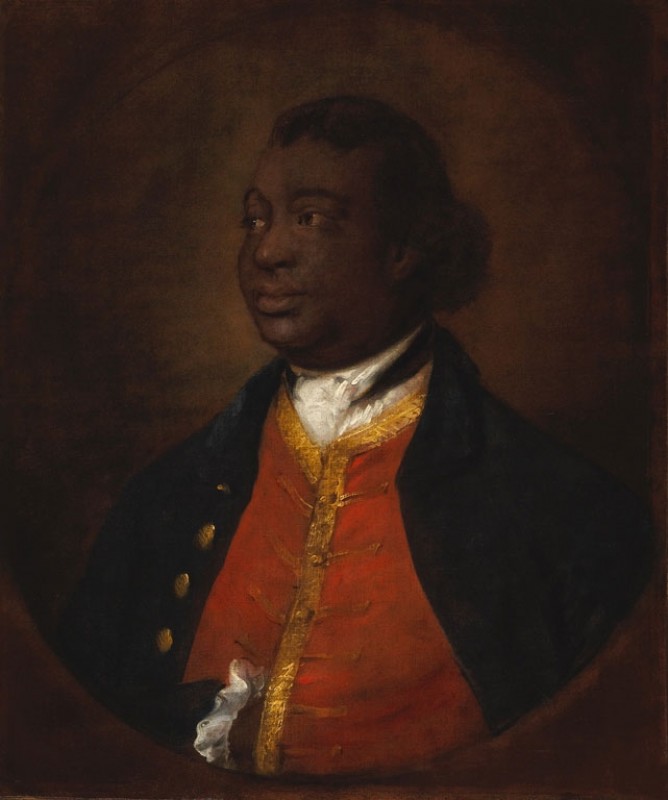How you can use this image
This image can be used for non-commercial research or private study purposes, and other UK exceptions to copyright permitted to users based in the United Kingdom under the Copyright, Designs and Patents Act 1988, as amended and revised. Any other type of use will need to be cleared with the rights holder(s).
Review the copyright credit lines that are located underneath the image, as these indicate who manages the copyright (©) within the artwork, and the photographic rights within the image.
The collection that owns the artwork may have more information on their own website about permitted uses and image licensing options.
Review our guidance pages which explain how you can reuse images, how to credit an image and how to find images in the public domain or with a Creative Commons licence available.
Notes
Add or edit a note on this artwork that only you can see. You can find notes again by going to the ‘Notes’ section of your account.
Cabin scenes are rare in oil painting and this is the most famous example in British art. This conversation piece was probably commissioned by the sitter, the youngest son of the first Duke of Montrose, to celebrate his action off Ostend in June 1745. While commanding the frigate 'Bridgwater', Graham had attacked a squadron of French privateers, capturing valuable prizes. His reward was the command of the larger 'Nottingham'. Graham is seated at a table, with a place-setting for dinner in front of him. Holding a pipe in his right hand, his left rests on his cape and hip. He wears a gold-brocade waistcoat, a fur-lined red velvet cape, a velvet cap, breeches and slippers. Seated on the left in front of the table is a plainly attired man with his legs crossed.
A black servant boy stands on the far right behind Graham, playing a pipe and tabor. Behind the table a standing man, presumably a singer, holds a sheet of music which affirms that music unites the group. On the left, Graham's dog appears to join the singing. On the right a pug sits upright on a chair, wearing Graham's wig and holding a scroll. He represents Hogarth's dog, Trump, thus the artist has placed himself in the portrait. The inclusion of servants and dogs invites a satirical commentary on Captain Graham and his circle. Graham and the boy both have pipes and the boy's attire mimics his master's. Similarly Trump's senatorial pose, in Graham's wig, apes the formality of his official position. Only the steward on the left directly confronts the viewer with his gaze. His smile invites the spectator into the picture, while he seems unaware that he is tipping gravy down the back of the man in front of him. Hogarth has thus introduced elements of humour into the portrait, which also implies political allusions.
Title
Captain Lord George Graham (1715–1747), in His Cabin
Date
c.1745
Medium
oil on canvas
Measurements
H 68.5 x W 88.9 cm
Accession number
BHC2720
Work type
Painting
